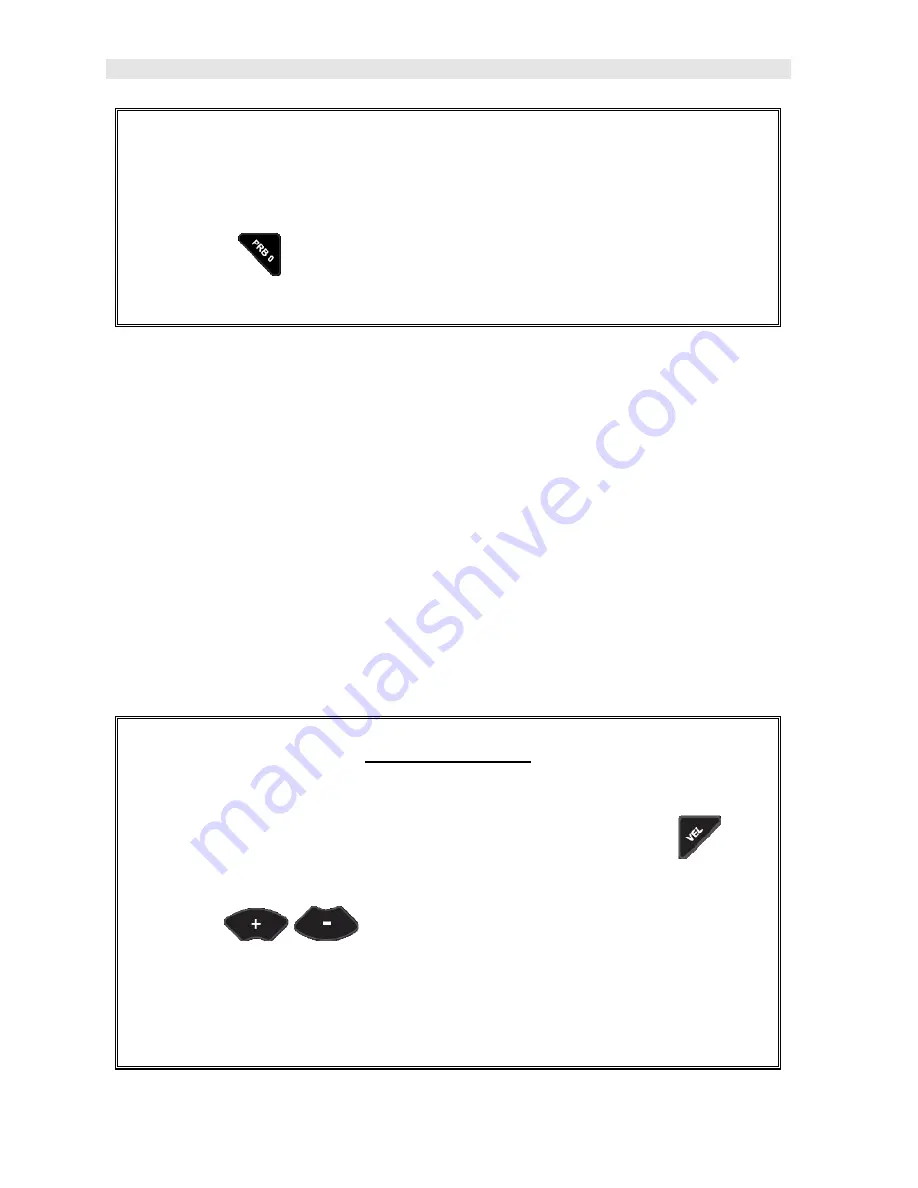
Dakota Ultrasonics
14
2) Be sure all six repeatability/stability bars in the top left corner of the display
are fully illuminated and stable, and last digit of the measurement is toggling
only +/- .001” (.01mm).
3) Press the
key to perform the manual zero. “PRB0” will briefly be
displayed on the screen, indicating the zero calculation is being performed.
5.2 Velocity Calibration
In order for the
ZX-1
to make accurate measurements, it must be set to the correct
sound velocity of the material being measured. Different types of materials have
different inherent sound velocities. For example, the velocity of sound through steel
is about 0.233 inches per microsecond, versus that of aluminum, which is about
0.248 inches per microsecond. If the gauge is not set to the correct sound velocity,
all of the measurements the gauge makes will be erroneous by some amount.
If the material velocity is known, it can be manually entered into the
ZX-1
. If the
exact material velocity is unknown, a common velocity can initially be entered to set
the
ZX-1
close to the unknown target velocity, followed by multiple fine adjustments
to the velocity value until the target velocity is discovered. The steps for
entering/editing the velocity value are outlined below:
Material Velocity
1) With the transducer free from contact with the material, press the
key
to display the current velocity. The edit icon will be illuminated and flashing.
2) Use the
keys to scroll the velocity to the known target
value.
Note:
The longer the keys are pressed and held, the faster the value will
increment/decrement.










































